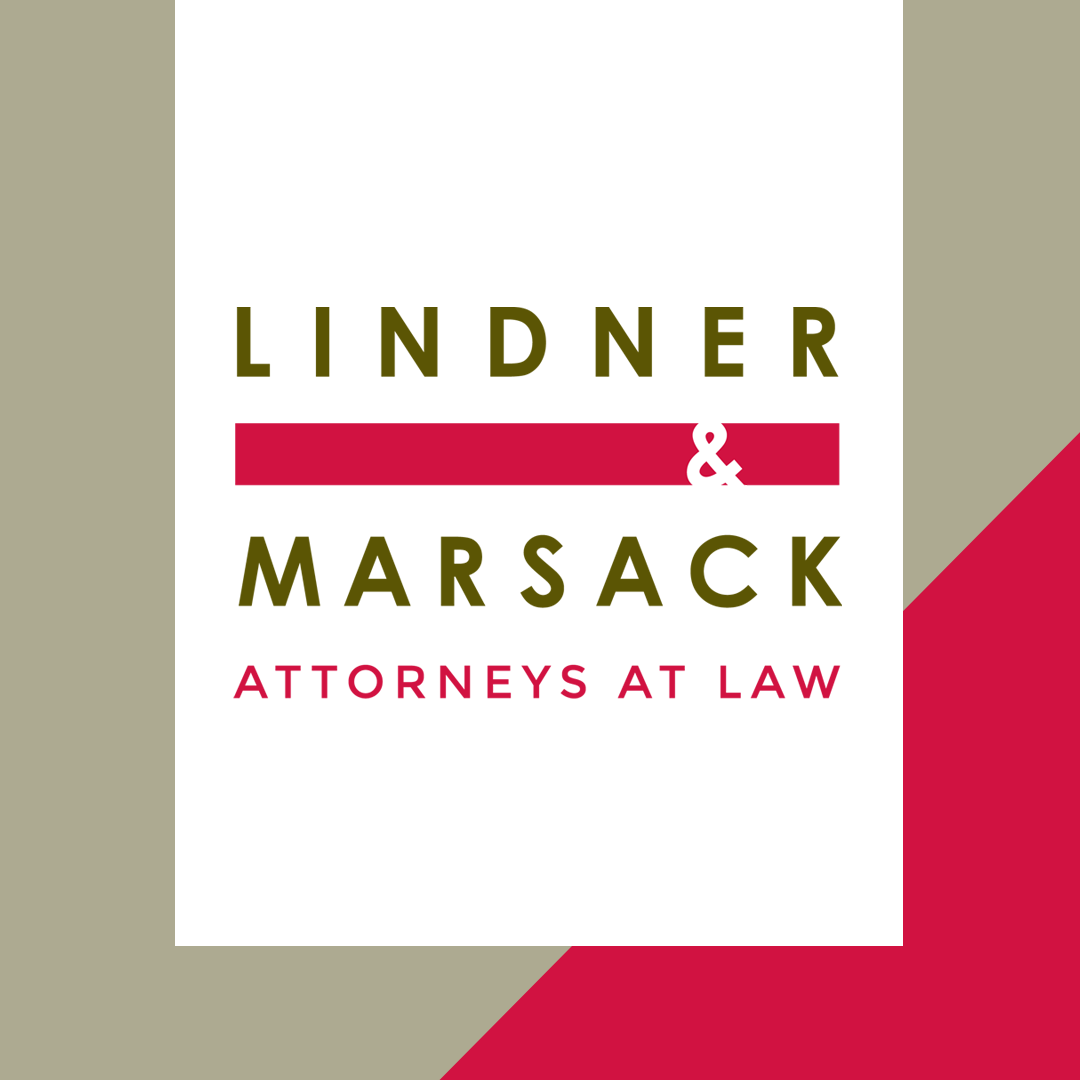By: Sally A. Piefer June 21, 2021 Non-compete and non-solicitation agreements are relatively commonplace. However, these agreements have been under increasing attack by legislatures across the country. President Biden has also expressed that one of the items on his regulatory agenda is to eliminate all non-compete agreements except for those necessary to protect trade secrets. […]

